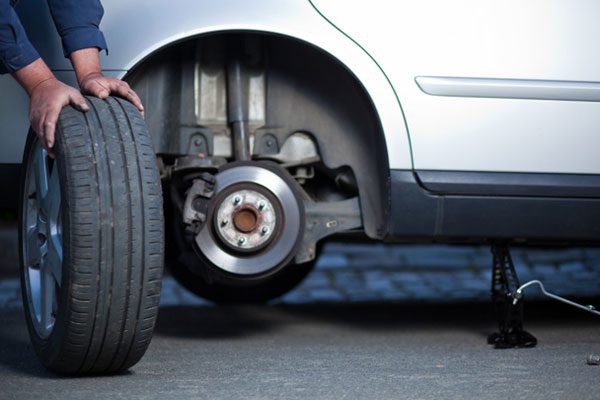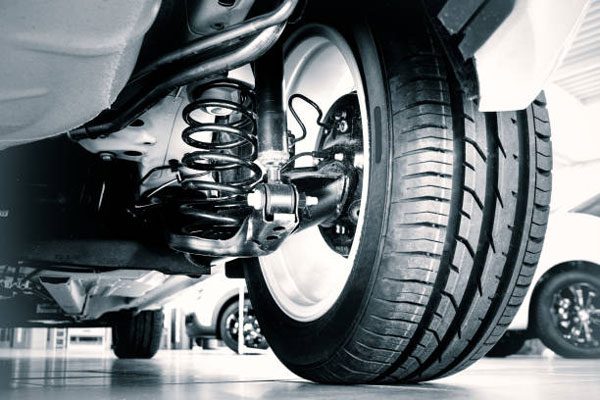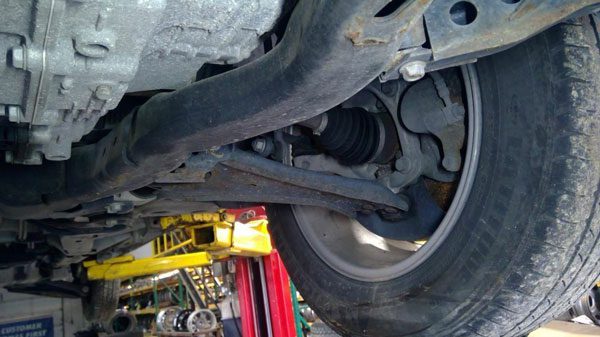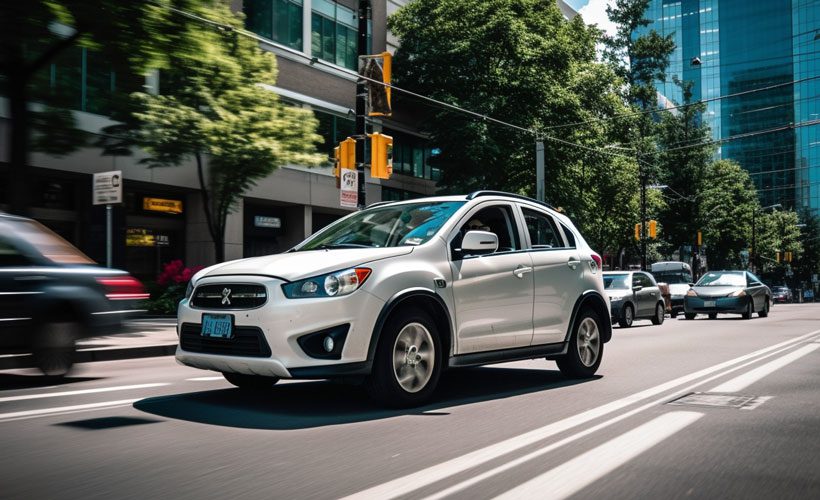Can You Drive With A Bad Wheel Bearing? If So, How Far?
The wheel bearings connect the wheels and the axle to make your wheels’ every move smooth. You will be surprised to know what this small thing is capable of.
So can you drive with a bad wheel bearing? Yes, you can drive with a bad wheel bearing but don’t. You will face plenty of problems like loud noises, issues with suspension, and inconsistent movement. However, if you do need to use a car with a bad bearing, then you can go up to 500-1000 miles.
However, this information isn’t sufficient enough to prevent you from a bad wheel bearing next time. So stay with us while we dig into every detail of a bad wheel bearing.
Can You Drive With A Bad Wheel Bearing?
Just because you don’t see any visible changes through your eyes doesn’t mean you should drive a vehicle with a bad wheel bearing. You will certainly feel that there’s something wrong when you drive with a worn-out wheel bearing.

The tires are the legs of your vehicle. Therefore, something wrong with it will make your vehicle’s movement laggy. Every movement you make will have a delayed response which makes driving very annoying as well as risky.
The significance of the wheel bearing is often overlooked. As mentioned before, it holds the wheels and the axle together and makes the wheel rotate with the least friction. Otherwise, the tires would have gone through more friction and worn out more frequently.
So it’s recommended that you don’t drive with a bad wheel bearing. Yet, if you come across a faulty wheel bearing in the middle of a drive, don’t hesitate to run it to the mechanic. It’s fine if you drive for some time with a worn-out wheel.

However, if you do not give proper attention, then there are way too many dangers involved, which we will discuss below.
Damages Involved with Bad Wheel Bearings
At this point, you might be wondering what’s the worst thing to happen with a bad wheel bearing. Well, at worst, there is a chance that your vehicle might get titled upside down when driven at high speed.
Apart from that, a bad wheel bearing leads to bad control. So the probability of you colliding with someone/something increase.
With a laggy responsive system, your control will be understood by your tires after a delay and thus might cause accidents. This puts you, the passengers of your car, and the passengers of the opposing car at a huge risk.

On the other hand, your suspension wouldn’t be in good condition either. Due to high friction in the tires, you will find your vehicle quite shaky. As a result, the tires would also get damaged faster.
Lastly, the most annoying thing you will get is the loud noises. There’s certainly no damage involved here for you. However, it’s a clear sign that there’s not much lifespan left, and the bearing needs to be replaced.
Table: Symptoms Of Bad Wheel Bearing
It’s crucial to know when you have a wheel bearing that is not in good condition. So it’s best if you know what the symptoms are for this problem so that you can identify those quickly and fix them. It will certainly exclude the chances of breaking it right in the middle of the road.

Here they are;
| Symptoms | What You Will Come Across |
|---|---|
| Vibration of the steering wheel | You will feel the steering wheel is quite shaky and unstable to move |
| ABS sensor failing | The ABS is failing, and the dashboard panel will notify you |
| Unbalanced wheels | The entire car will vibrate and one side of the car will feel lifted while the other one is down |
| Wheels shaking | The wheels shakes in the middle of the ride and the most when braking |
| Annoying sounds | Humming sounds coming tires |
| Delayed response | Everything will be done after a delay for example; after pressing the brake pad and the vehicle starts to slow down after 2 seconds |
How long Can You Drive With A Bad Wheel Bearing
First, you should avoid driving with a faulty wheel bearing. Yet, if you still have to drive with it, then don’t cross the 1000 miles limit. This is the best-case scenario that you will come across. You can only go upto 1000 miles when the wheels are in their best condition and bearing damage is not brutal.

Otherwise, you have 500 miles with a bad wheel bearing till it fails.
Additionally, you have to drive slowly with it. Keep it between 30mph to 40mph. Also, make sure you take turns extremely slowly.
So don’t risk it and be lazy about it. Your life is more precious than anything. Go to a mechanic right after the symptoms are similar to those mentioned above. On the other hand, if you have a wheel bearing on hand and want to replace it yourself, here’s a video that will help;
What Causes A Bad Wheel Bearing?
If you know the reason behind a malfunctioning wheel bearing, then you can prevent from the same problem repeating further on. So what are the common causes of a faulty bearing? They include-

- Unbalanced tire installation
- Reckless driving in bad terrains
- Improper bearing installation
- Rust on the bearing, etc.
FAQs
Let’s take a look at some commonly asked questions by people who faced bad wheel bearing problems.
When the bearings start to make annoying noises, it’s time you should change the bearings. It will last about 200-250 miles approximately.
It costs approximately $300 to replace a wheel bearing. This is for only one wheel.
Conclusion
To conclude, the last thing you want to be doing with your vehicle is driving with a bad wheel bearing. We hope this answers your question about “can you drive with a bad wheel bearing?” In short, you shouldn’t because this is dangerous for everyone.
Nevertheless, there’s a 500-1000 miles limit to use your vehicle with a faulty wheel bearing which you can use in emergencies only. Also, don’t speed up with this problem on hand, and rough turns should be avoided.

